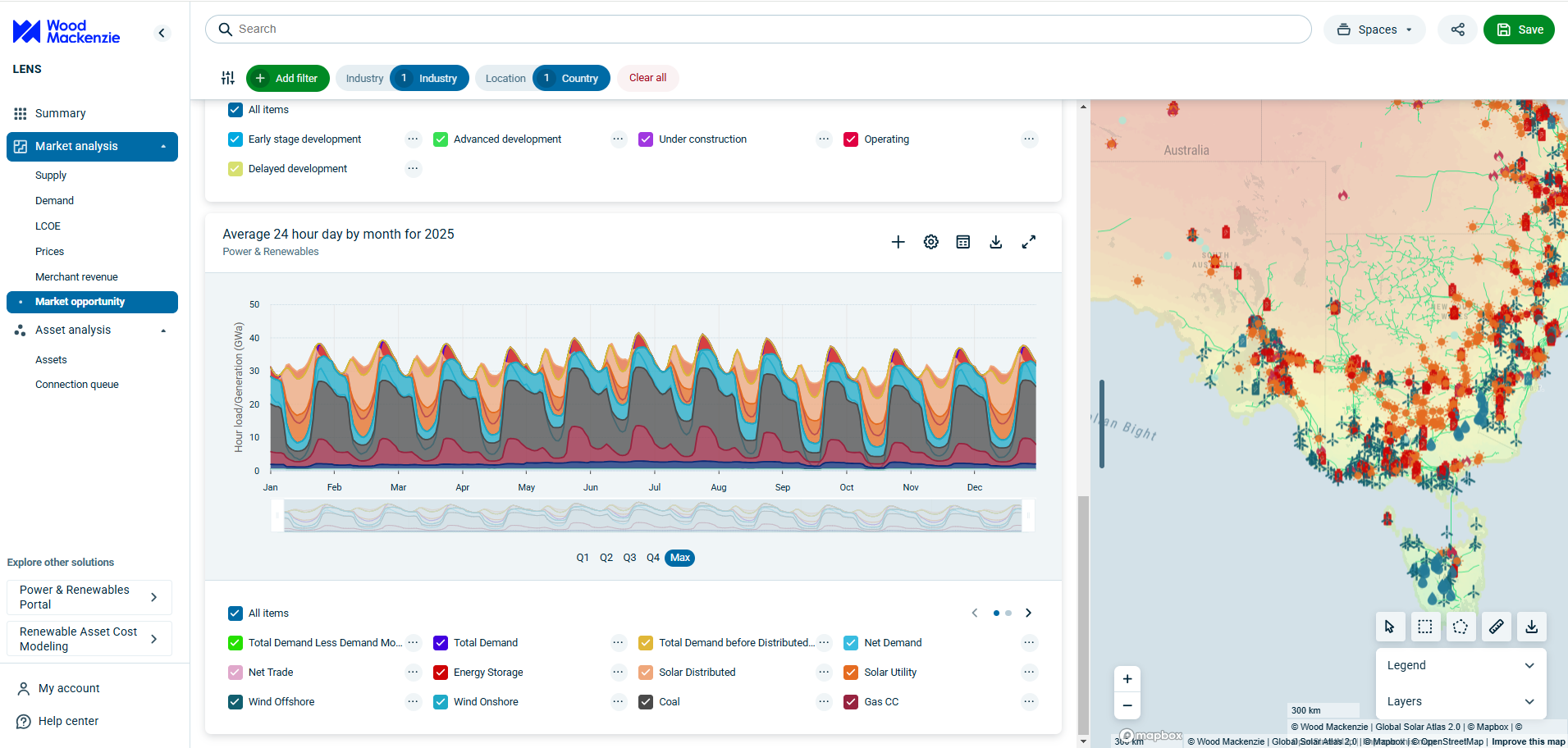Price swings ripple through North American oil markets
Lower price environment will affect US supply, exports, and investments
2 minute read
Dylan White
Principal Analyst, North American Crude Markets

Dylan White
Principal Analyst, North American Crude Markets
Dylan leverages cutting-edge data to offer real-time insight into the oil industry.
Latest articles by Dylan
-
Opinion
Price swings ripple through North American oil markets
-
Opinion
Reduced flow on several US-bound Canadian pipelines following introduction of tariffs
-
Opinion
7 questions about Trump tariffs and their impact on the North American oil market answered
-
Opinion
ARA Gasoil Inventories
-
Opinion
Big in Japan? The impact of Typhoon Shanshan on oil
-
Opinion
TMX: first insights
Ann-Louise Hittle
Vice President, Oil Markets

Ann-Louise Hittle
Vice President, Oil Markets
Ann-Louise directs our Macro Oils Service and is a frequent contributor to numerous industry publications.
Latest articles by Ann-Louise
-
Opinion
Price swings ripple through North American oil markets
-
Opinion
Oil and refining market implications of Israel’s strike on Iran
-
Opinion
What is the impact of US tariffs on oil and refining?
-
Opinion
What the Middle East conflict means for oil, LNG and the global economy
-
The Edge
What the Middle East conflict means for oil and LNG
-
Opinion
Trump’s tariff plan: implications for the future of global liquids trade
Lee Williams
Senior Research Analyst, North American Crude Markets

Lee Williams
Senior Research Analyst, North American Crude Markets
Lee draws insights on trends and anomalies in North American supply, demand, trade flows and pricing.
Latest articles by Lee
View Lee Williams's full profileBenchmark oil prices shifted lower in April/May 2025 as US tariffs and OPEC+ policy caused seismic shifts in global supply/demand expectations. In June, escalated conflicts in the Middle East threatened large sources of crude supply and spurred temporary price spikes. However, prices returned to lower levels by late June as a ceasefire alleviated supply concerns.
The recent price swings highlight the volatility that has defined oil markets through 2025. Our global fundamental outlooks imply that lower prices will persist through 2026, especially in a scenario where Iran/Israel tensions ease and supply remains undisrupted. In a recent monthly outlook, we discussed our expectations that Brent will come under pressure in H2 2025 due to weaker global fundamentals, with lower outright prices cascading throughout North America and abroad.
Read on for a detailed analysis of how these price changes will affect North American crude supply, exports, and infrastructure investments.
Impacts of a lower price environment
We continue re-assessing these views on a monthly basis – including upside price risk introduced by geopolitical events. Assuming an Iran/Israel ceasefire remains in place, we expect lower oil prices will have sweeping impacts across the North American crude value chain.
WTI prices: An accelerated increase in OPEC+ production this year contributes to a significant global oversupply in late 2025 and early 2026, resulting in weaker prices. Lower Brent prices cascade to WTI and other outright North American crude prices.
Lower 48 supply: Anticipated rig count declines for onshore US Lower 48 in the second half of 2025 (driven by lower prices) are likely to pressure production volumes in 2026. We expect the downward trend in rig activity to persist through the remainder of the year, driven primarily by continued weakness in oil prices and a more conservative capital approach among operators.
US exports: Suppressed US supply – along with weakened global demand outlooks amid US tariffs – translates to a softer forecast for US crude exports. We now expect US exports to largely plateau through 2026. Although, with higher prices, eventual growth through the decade remains possible. Various tariff policy scenarios also introduce significant risk for crude trade between the US and international markets.
Pipeline and coastal investments: A softer Lower 48/Permian supply outlook weakens the immediate case for US crude infrastructure investments, especially Permian pipeline expansions and Gulf Coast export terminal projects. Several offshore export terminals have been proposed to facilitate US export growth. While we currently include the SPOT terminal in our base case assumptions, weakening Lower 48 supply heightens the risk that no offshore export terminal reaches FID. A shifting investment landscape could have minimal impact in the near-term but could lead to market constraints if Permian/Lower 48 supply resumes a growth pattern.
For more details, fill in the form to get an extract from our 'North American crude market: short-term outlook'.
Preparing for continued market shifts
In our North American Crude Markets Service, we cover Wood Mackenzie’s outlooks for North American supply, demand, prices, trade flows, and investments in depth on a monthly basis. Our short-term views will be extended to include 2027 in the upcoming July publication. Market volatility is expected to persist moving forward, as global prices and balances are affected by ongoing changes in US trade policy, OPEC+ policy, and geopolitical conflicts. Stay informed on how these dynamic factors will affect the North American crude landscape.









